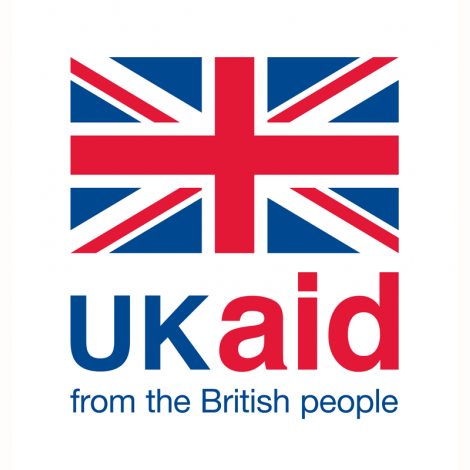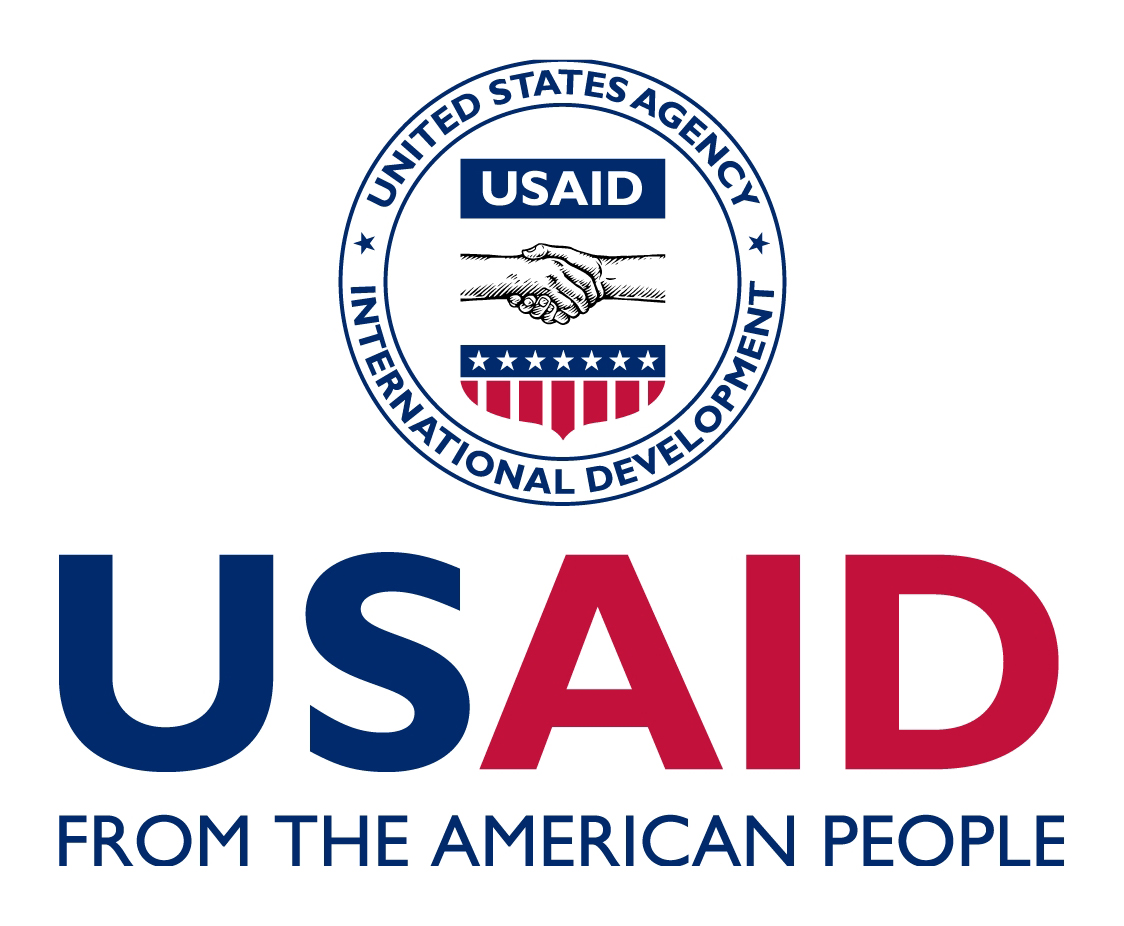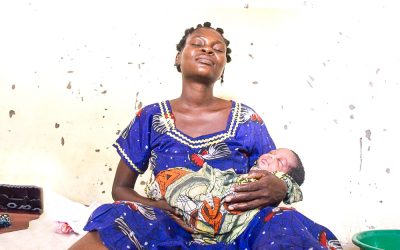infrastructure & construction
Providing a safe haven for health in the most remote communities.Increasing Access to Health Care in the DRC
Estimates suggest that less than a quarter of the Democratic Republic of Congo’s (DRC) citizens have access to health care. Where facilities do exist, inadequate health infrastructure negatively influences the quality of care.
The lack of health facilities, combined with poorly constructed and equipped health facilities, creates a ripple effect. Clients in ASSP health zones may have to travel dozens of kilometers for care (if they even are able to travel) and then may arrive at a poorly equipped clinic that cannot cater to their health needs, jeopardizing the likelihood that they return. DRC’s poor health infrastructure contributes to some of the highest levels of maternal and child mortality in Africa, as pregnant women cannot access or choose not to access health facilities. ASSP’s goal of improving primary health care is impossible without significant expansion and refurbishment of health facilities.
Several factors contribute to this unfortunate state of infrastructure. Decades of conflict and lack of government funding allocation have halted new construction and left current facilities in disrepair. Well-intended donors now seeking to build new health centers face challenges in procuring quality local materials for construction, finding adequate logistics support, and navigating the challenging tax issues related to construction.
286
health centers completed from 2013 to 2019
Our Approach to improving health infrastructure in the drc
ASSP’s number one objective was to enhance health service delivery and quality. Health care-linked infrastructure plays a critical and foundational role in improving access and quality for primary health care improvement. This is why IMA worked aggressively to rehabilitate health facilities and build new ones in places that needed it. Key project objectives under this strategy were:
- Constructing new health centers per PNDS and Ministry of Health (MOH) guidelines to expand access and health care coverage.
- Rehabilitate targeted existing health care structures to improve their durability, functionality, and longevity.
- Identify, form, and train local construction teams that can provide future maintenance to health facilities.
Covid-19 Response
|
|
198MINIMUM TRIAGE ZONES INSTALLED AT HEALTH FACILITIES |
Health facility Renovations
The project also targeted a limited number of health facilities for rehabilitation work. This included roof repairs, painting, and a few other fixes to improve the care environment. In Kimbanseke, one of the largest HZ in Kinshasa located in a poor neighborhood where many cannot afford to pay for emergency care, the project is helping the completion of an emergency unit project started eight years ago but abandoned.
Scroll over the image to see a before and after of Kimbanseke HGR.
Key Achievements
New Construction
ASSP completed 109 newly constructed health centers across all five provinces. The plans for these health centers are now being used by the Ministry of Health.
Renovations
177 renovations have been completed. These achievements make the infrastructure work of ASSP one of the largest (if not the largest) infrastructure development projects in DR Congo in many years.
Solar Installations
ASSP equipped 531 facilities with solar refrigerators, providing a solar cold chain for improved immunization programs. 618 facilities were supplied with solar lighting.
Building Capacity
2,094 qualified technicians have been trained in high quality, durable construction methods
Facility Utilization
Facility utilization is increasing with the improvements in health infrastructure. ASSP had observed a 35% increase in the number of new consultations after the construction completion of BakuaManga Health Center (Demba Health Zone, Kasai Central Province), 30% at Kamandalena Health Center (Demba Health Zone, Kasai Central Province) and 34% increase at Kabeya Lumbu Health Center (Kalonda Ouest Health Zone, Kasai Province) when compared to the three quarters prior to construction completion with three quarters after construction completion in 2016 and 2017.
safe births
The number of births attended by a skilled health professional is also increasing due to infrastructural improvements in maternity wards. ASSP observed an average of 45% increase in the number of births attended by a skilled worker in the three quarters after construction completion at BakuaMasanga, Bena Kadiebue and Kabeya Lumbu health centers in Demba and Kalonda Ouest health zones in the Kasai province.
Quick Facts
286 health centers completed.
Skilled birth attendance is approaching 100%.
1,848,043 births have been attended by skilled health professionals at ASSP health facilities since the start of the project.
82% increase in service utilization.
2,094 qualified technicians have been trained in high quality, durable construction methods.
1,149 solar installations completed.
Map of health centers
Map of completed and in-progress health facilities as of year 5, quarter 2.
assp saw an 82% increase in service utilization
assp saw an 102% increase in the number of births attended by a skilled professional.
ROUTINE DATA
Real-time data sourced from the DHIS2 data management system on the number of new consultations in ASSP-assisted health areas from 2014 to 2018.
DHIS2
Learn more about how ASSP helped the MOH improve routine health data by implementing DHIS2 in its health zones and beyond.
read more about our work to rebuild the health system in the drc
Publications

Infrastructure & Construction
Construction Program Brochure - September 2019 (English version) (version française)
A Hotline In DR Congo Connects People With The Ministry Of Health
In the Democratic Republic of Congo, IMA World Health works with the Ministry of Health to create...
IMA Appears Before British House Of Commons International Development Committee
MA World Health appeared before the British House of Commons International Development Committee...
ASSP Empowers Health Zones In DR Congo
Perched on the southern banks of the Ubangi and Uele rivers at the border of the Central African...
QUICK CONTACTS
Recent Posts
Implant Method in DRC: A Family Planning Success Story
Spreading the Word about the Implant Method in DRC.News is spreading about the implant method in DRC. The families featured in this article are partly to thank. The stories below are just a snapshot of the impact the implant has made on the lives of families using the...
Implants Create Opportunity in DRC: A Family Planning Success Story
Julienne is one of the many women we celebrate during International Women’s Month. She is a shining example of how implants create opportunity in DRC. She is a 43-year-old mother of four and a force to be reckoned with! Julienne and her husband had three children when...
Safe Delivery App Helps Health Workers Respond To Emergencies In DR Congo
Dr. Nancy Bolan knows how important it is for health workers to have up-to-date information when responding to a maternal or newborn emergency at a clinic in the Democratic Republic of Congo. While serving as a deputy country director for IMA World Health in DRC from...






